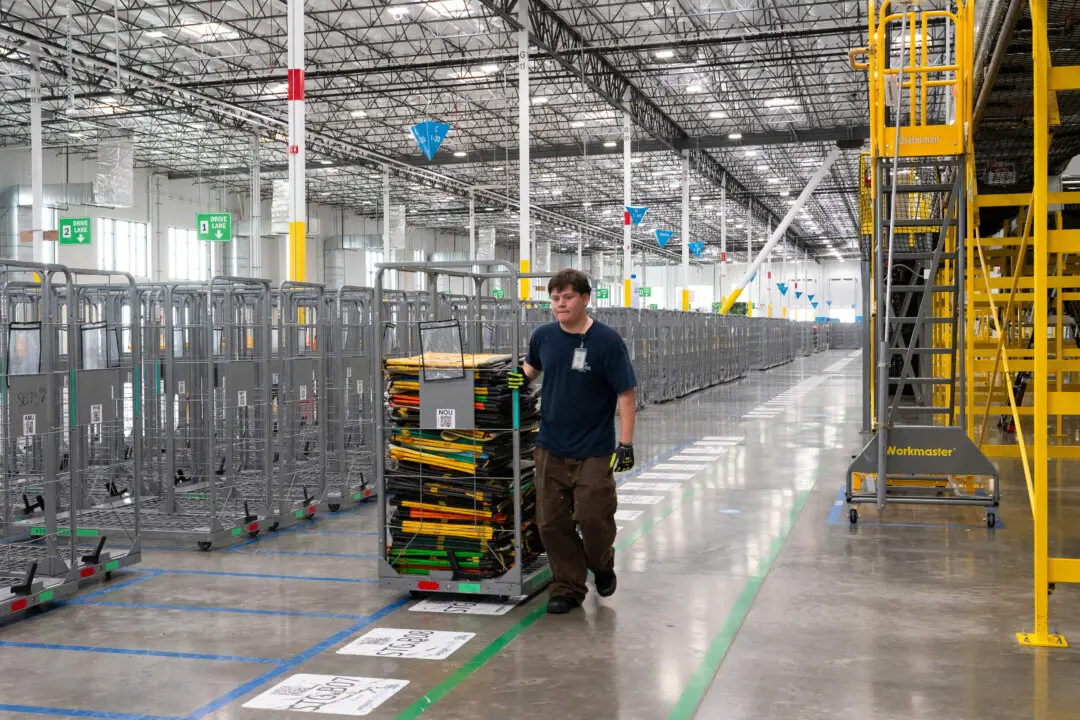The number of Americans filing new claims for unemployment benefits last week dropped to just over 880,000, falling by more than expected and breaking the psychological barrier of 1 million, stoking hope for a more robust labor market rebound amid fears it is stalling.
The Labor Department said on Thursday that initial claims for state unemployment benefits fell to a seasonally adjusted 881,000 for the week ended Aug. 29, from 1.011 million in the prior week. Economists polled by Reuters predicted 950,000 jobless claims applications, so the reported figures are a surprise to the upside.





